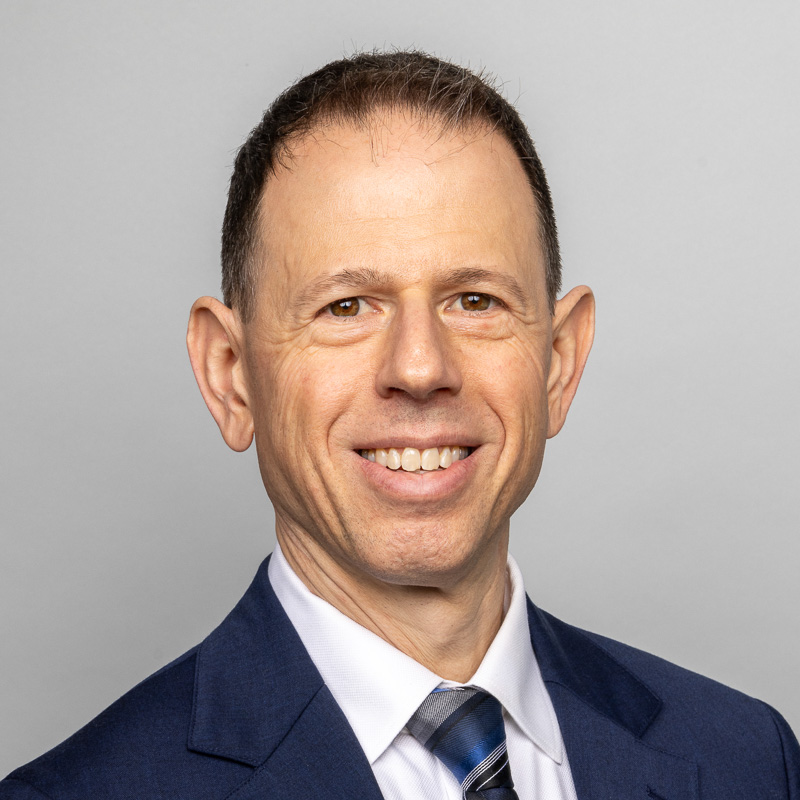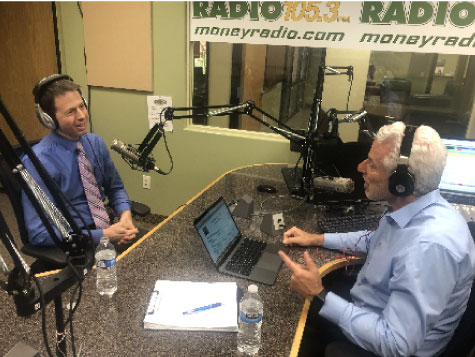
Dr. Weiner has been in practice in Scottsdale since 1999. His practice encompasses all aspects of otolaryngology, head and neck surgery. He sees children and adults. He does have a specialty interest in the surgical management of obstructive sleep apnea. For more information about sleep apnea and surgeries he performs for sleep apnea click here. http://weinersleepsurgery.com
Dr. Weiner is a Clinical Assistant Professor at the University of Arizona School of Medicine- Phoenix. He also serves as a preceptor to physicians training in the internal medicine and family medicine residency programs of Honor Health.
Dr. Weiner is academically active. He continues to author and co-author papers published in national medical journals. He also lectures at the annual meeting of the American Academy of Otolaryngology- Head and Neck Surgery.
Publications
- A Noninferiority Analysis of 3- vs 2-Incision Techniques for Hypoglossal Nerve Stimulator Implantation. Kent DT, Chio EG, Weiner JS, Heiser C, Suurna MV, Weidenbecher M. Otolaryngol Head Neck Surg. 2021 Nov 30. Epub ahead of print. PMID: 34846979.
This article co-authored with 5 academic surgeons, assessed the outcomes of hypoglossal nerve stimulation therapy (Inspire procedure) when the surgery is performed through 2 incisions rather than the original 3 incisions. We demonstrated equal outcomes with reduced operative times and higher surgeon satisfaction. - Case Report: Lateral Chest Placement of IPG for Hypoglossal Nerve Stimulator Implantation. Weiner JS. Laryngoscope, 00:1–3, 2020
This article describes an innovative surgery to place the Inspire device in a woman with a history of breast cancer and breast reconstruction. This new surgical technique hides the incision for the nerve stimulator. - Hypoglossal Nerve Stimulator Implantation via a Two-Incision Technique. Kent DT, Weiner JS, Chio EG, Weidenbecher M. Operative Techniques in Otolaryngology – Head and Neck Surgery. 31(3) September 2020, pages e35-e42.
This article, co-authored with 3 academic surgeons, described a new way of performing the Inspire procedure using just two incisions rather than the previous standard of 3 incisions. Within months of publication, this became standard practice throughout the world. - Relationship Between Schneiderian Papillomas and Human Papillomavirus. Weiner JS, Sherris DA, Kasperbauer JL, Lewis JE, Li H, Persing D. The Laryngoscope. 109 (1): 21-26, 1999.
- Verrrucous Carcinoma of the Nose. Orvidas L. Olsen KD, Lewis JE, Weiner JS. The Laryngoscope. 109 (3): 371-375, 1999.
- Individual Differences and the Reliability of 2F1-F2 Distortion Product Otoacoustic Emissions: Effects of Time-of-Day, Stimulus Variables and Gender. Cacace AT, McClelland WA, Weiner JS, McFarland DJ. Journal of Speech and Hearing Research 39(6):1138-48, 1996.
- Supine Pharyngeal Width Is Associated With Complete Concentric Palatal Collapse During Drug-Induced Sleep Endoscopy and Hypoglossal Nerve Stimulator Outcomes. | Jordan S. Weiner, [email protected], Christopher C. Munhall, B.S.https://orcid.org/0000-0002-1899-8193, and David T. Kent, M.D. | December 29, 2022 | SAGE journals/Ear, Nose & Throat Journal | https://doi.org/10.1177/0145561322114831
The article describes Dr. Weiner’s novel measurement method to assess the internal diameter of the throat. His research suggests that this measurement may help predict which patients will have complete concentric collapse of the throat on sleep endoscopy, which is a contraindication to Inspire sleep apnea therapy.
Research
Current: A study designed to improve the process for patients being evaluated for Inspire implantation. This study will determine if a simple measurement from the back of the patient’s throat can predict good surgical candidates and replace the need for an exploratory endoscopy under sedation with additional time and cost savings.















For an in-depth radio interview with Dr Weiner click here.
Health Futures – Taking Stock in You with Dr. Jordan Weiner click here.

-
College
- Union College, Schenectady, NY, 1987-1990, graduating summa cum laud and inducted into Phi Beta Kappa society
-
Medical School
- Albany Medical College, Albany NY, 1990-1994, graduating cum laud. Inducted into Alpha Omega Alpha in 3rd year
-
Residency
- Mayo Clinic, Rochester, MN 1994-1999
-
Certification
- American Board of Otolaryngology - Head and Neck Surgery 1999-Present
-
Privileges
- Scottsdale Healthcare-Shea
- North Valley Surgery Center
- Piper Surgery Center
-
Awards
- He has consistently been selected to Phoenix Magazine's list of Top Doctors (2006, 07, 08, 09, 10, 11, 2014, 2017, 18, 19, 20, 21, 22, 2023)
- Alpha Omega Alpha, 1992
- Phi Beta Kappa, 1990
